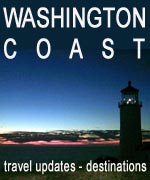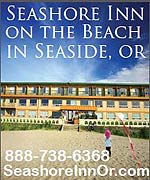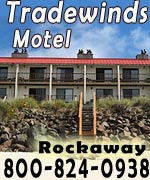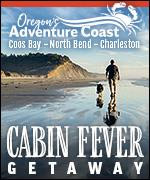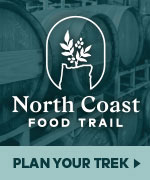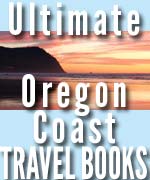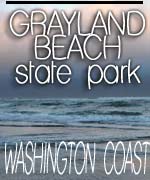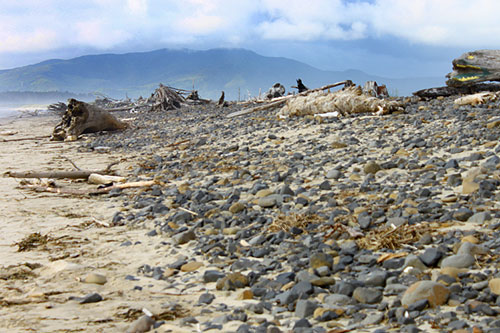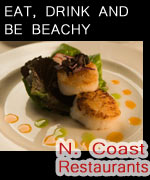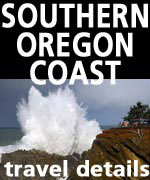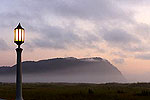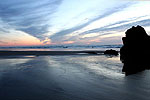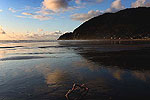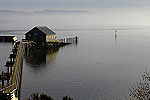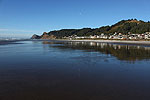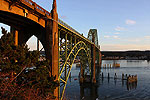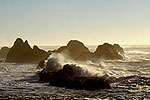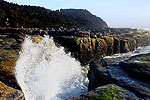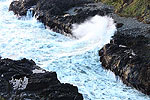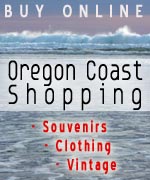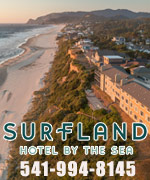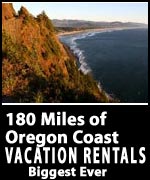Encountering 'Magic Rocks Beaches' on Oregon Coast: Science of Why
Published 10/01/21 at 5:56 AM PDT
By Oregon Coast Beach Connection staff
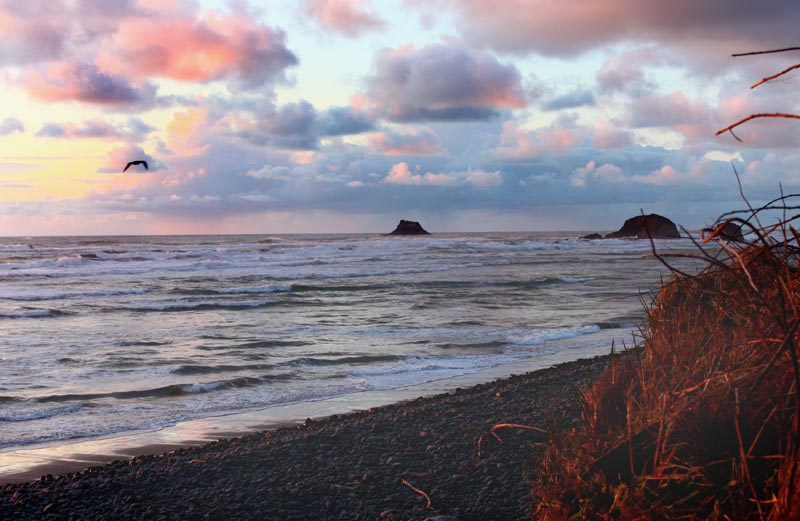
Includes exclusive listings; some specials in winter
In Cannon Beach:
Includes rentals not listed anywhere else
In Manzanita, Wheeler, Rockaway Beach:
Some specials for winter
In Pacific City, Oceanside:
Some specials for winter
In Lincoln City:
Some specials for winter
In Depoe Bay, Gleneden Beach:
Some specials for winter
In Newport:
Look for some specials
In Waldport
Some specials for winter
In Yachats, Florence
Some specials for winter
Southern Oregon Coast Hotels / Lodgings
Reedsport to Brookings, places to stay; winter deals
(Oregon Coast) – Nothing short of odd and yet delightful, it's also one of the Oregon coast's more surprising discoveries. You're walking along one of only a handful of beaches, and you hear an unusual and sometimes rather loud clacking, clicking noise from the rocks. The tide is rushing in and out, and knocking around layers of rounded, polished stones , creating a kooky chattering sound that's enchanting as well as a tiny bit creepy. (Above: Falcon Cove)
It's been nicknamed “magic rocks,” or at least one beach that features the noise has been nicknamed “Magic Rocks Beach.” The tide gives these rocks a kind of new life, turning inanimate objects into little chattering creatures. They rattle and shake in the moving water, conjuring images of a giant Mexican jumping bean or something odd and whimsical in that direction.
Such talking beaches only occur in a few places on the Oregon coast, and some more prominently than others. The three biggest progenitors of this are at the little town of Capes Meares on the Bayocean Spit, Cobble Beach at Newport's Yaquina Head, and the Falcon Cove beach near the Arch Cape tunnel. The latter has been nicknamed Magic Rocks Beach by locals. These places are the loudest and most obvious – at least on the northern half of the coastline.
The prerequisite is those masses of rounded, surf-polished cobblestones that exist in massive layers at the three beaches listed, but you can hear this to varying degrees at other beaches where such cobblestones are lying around at the tideline in thinner layers, such as at Oceanside (found in the video here), or at Arch Cape.
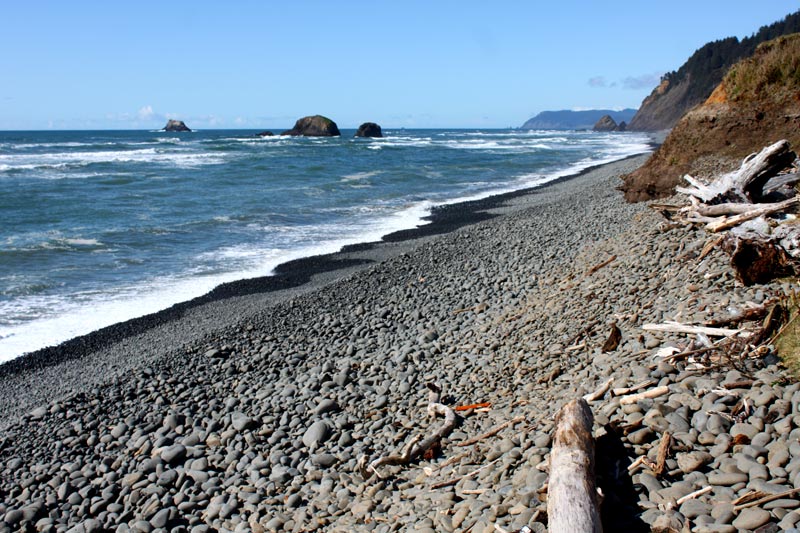
At the big three, the sound is almost continuous if the tide is reaching the rocks. If the tide is doing so at Magic Rocks Beach, then stay off the layers of cobblestones – this is one of the most dangerous beaches on the Oregon coast. Stay away from the area completely during big winter storms: a family lost their lives here a few winters back.
Tides touch the rocks here a little more than 50 percent of the time, but you can stand back at the access – from afar – and take in the wacky little aural spectacle from a distance. In fact, this area is rather difficult to walk on and utterly annoying to do so if the rock levels are quite high.
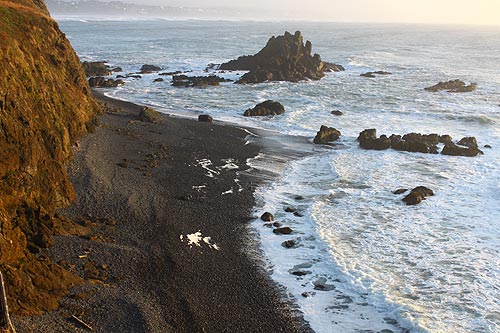
At Newport's Yaquina Head, it does it almost all the time. Plus, you have the added bonus of those rather stark, black rocks – proof they're eroded bits from the ancient lava (basalt) of the headland. The place is also covered in enormous and coarse grains of black sand, a truly unique spot on the Oregon coast.
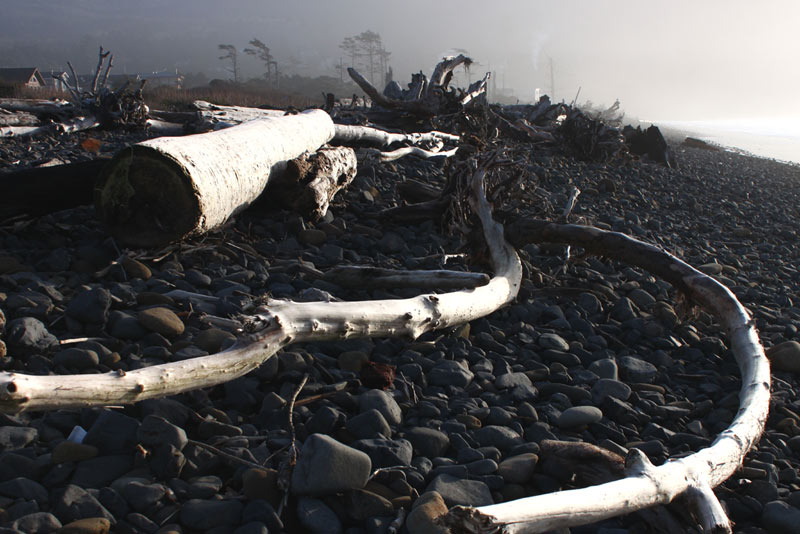
The tiny village of Cape Meares also makes this sound, but again stay away from that noise because it means the tides are strong enough to come up onto the area where the cobblestones are. There are many places where the beach is not wide enough to let you run away from sneaker waves. However, plenty of spots let you listen and watch at a distance – stick to those. You'll be rewarded by probably the loudest of the magic rocks beaches you'll ever encounter.
According to Seaside geologist Tom Horning, such stones come from the walls of nearby headlands. This explains why most magic rocks beaches are next to this kind of formation. Thus, they carry the same elements and colors as what's around them.
How big one of these stones is dictates what kinds of noises it makes and how loud it is.
“The size of the rock is an indicator of the energy of the water and size availability of the rock in the first place,” Horning said.
After they fall from headlands, the tides and currents move them around.
“As the rocks are transported along, they jostle and grind against each other, becoming rounded," he said. It takes only a few months in the surf to round most rocks. Some rocks come from source areas (cliffs and mountainsides) where fractures are abundant. They start as fractured rock and can fall apart quickly in the surf, forming small rocks. Other rocks begin as large, unfractured stone, so they resist breaking apart to smaller pieces, leaving a deposit of large boulders. Nature takes what is available and makes what is possible.”
Oregon Coast Hotels for this event - South Coast Hotels - Where to eat - Maps - Virtual Tours
Cannon Beach Lodging
Nehalem Bay Lodgings
Manzanita Hotels, Lodging
Three Capes Lodging
Pacific City Hotels, Lodging
Lincoln City Lodging
Depoe Bay Lodging
Newport Lodging
Waldport Lodging
Yachats Lodging
Oregon Coast Vacation Rentals
Oregon Coast Lodging Specials
More About Oregon Coast hotels, lodging.....
More About Oregon Coast Restaurants, Dining.....
LATEST Related Oregon Coast Articles
Bringing the Lincoln City events back to their roots
4.5 Quake Off S. Oregon Coast After A Week of Smaller Ones
Quakes on Dec. 15, 17, 20 and last night off Coos Bay, Bandon. Geology
Final Third of Oregon Coast Given Okay to Start Commercial Crabbing
Majority of the coast began crabbing last week. Marine sciences
Lassoing a Wayward Sea Lion Just Part of the Gig for Oregon Coast Deputies
Sea lion wandering near Newport / South Beach streets got some interesting looks. Marine sciences
Various Oregon Coast Road Issues At Least Partially Solved, Including OR 6
Hwy 6, 101 near Neskowin, others at least partially open. Tillamook, Coos Bay, Bandon. Traffic
Variety of Oregon State Parks Closed Due to Storm, from Coast to Columbia Gorge
Silverton, Estacada, Coastline and others: several parks damaged or closed. Weather
Flood Warnings Extended Into Afternoon Around Oregon, the Coast
Rivers near Lincoln City, Tillamook, Molalla, others at flood stage; wind damage
Winter Solstice and What It Brings to Oregon / Washington Coast Sunsets
Dec 21 is the solstice, bringing longer days and a sunset surprise. Weather
Back to Oregon Coast
Contact Advertise on BeachConnection.net
All Content, unless otherwise attributed, copyright BeachConnection.net Unauthorized use or publication is not permitted





